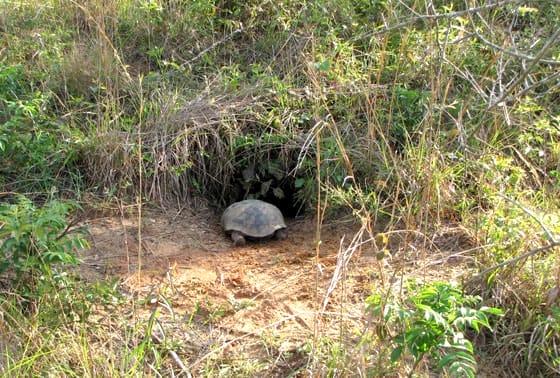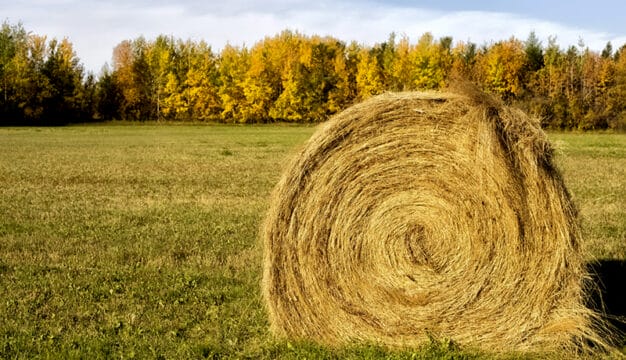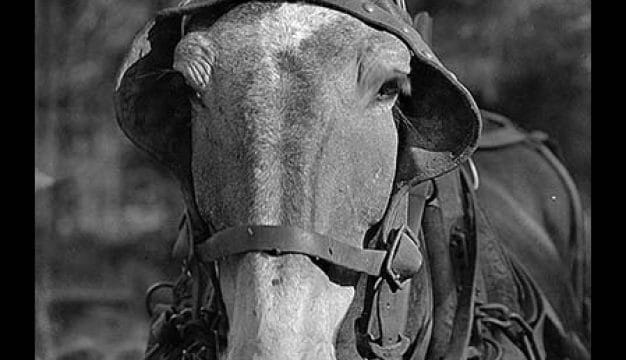Gopher Tortoise
 Gopher Tortoise
Gopher tortoises (Gopherus polyphemus) are medium-sized, terrestrial reptiles found from Louisiana to Florida and no farther north than South Carolina. In Alabama, they can be found in the southern portion of the state throughout the Coastal Plain region in upland habitats. Currently, gopher tortoises are federally listed as a threatened species west of the Mobile and Tombigbee Rivers in Alabama, as well as in Mississippi and Louisiana. They are a species of high conservation concern in all states in which they occur, including Alabama. Gopher tortoises are often called a “keystone species,” meaning that they play an important role in an ecosystem relative to their numbers as other species use their extensive burrows.
Gopher Tortoise
Gopher tortoises (Gopherus polyphemus) are medium-sized, terrestrial reptiles found from Louisiana to Florida and no farther north than South Carolina. In Alabama, they can be found in the southern portion of the state throughout the Coastal Plain region in upland habitats. Currently, gopher tortoises are federally listed as a threatened species west of the Mobile and Tombigbee Rivers in Alabama, as well as in Mississippi and Louisiana. They are a species of high conservation concern in all states in which they occur, including Alabama. Gopher tortoises are often called a “keystone species,” meaning that they play an important role in an ecosystem relative to their numbers as other species use their extensive burrows.
Adult gopher tortoises are usually between 8 and 12 inches long and are dull brown to gray in color. Males and females can be distinguished by the shape of the bottom part of the shell, called the plastron. Males generally have a concave plastron (curved inwards), while the female plastron will generally be flat. The curved shape of the male plastron helps them balance on the female during mating. Hatchling gopher tortoises have yellow spots on their shells that fade as they age. Gopher tortoises are believed to be able to live more than 60 years, although their maximum lifespan is unknown.
 Juvenile Gopher Tortoise
Gopher tortoises reach sexual maturity between 10 and 20 years of age. Maturity is dependent on size, and the rate of growth depends on habitat quality and climate. Tortoises at the southern edge of the species’ range generally reach maturity at a younger age than tortoises near the northern edge because they have longer periods of warm weather during which to grow and forage. Breeding occurs as early as March and as late as October, though most mating events are likely occur from July through September, with males visiting the burrows of females. Gopher tortoises are social and are generally found living near each other in groups. Males will occasionally engage in combat when fighting over females, ramming into each other head-on which may result in one of them being flipped onto his back. Males bob their heads up and down rapidly as part of courtship, and females sometimes engage in the behavior as well.
Juvenile Gopher Tortoise
Gopher tortoises reach sexual maturity between 10 and 20 years of age. Maturity is dependent on size, and the rate of growth depends on habitat quality and climate. Tortoises at the southern edge of the species’ range generally reach maturity at a younger age than tortoises near the northern edge because they have longer periods of warm weather during which to grow and forage. Breeding occurs as early as March and as late as October, though most mating events are likely occur from July through September, with males visiting the burrows of females. Gopher tortoises are social and are generally found living near each other in groups. Males will occasionally engage in combat when fighting over females, ramming into each other head-on which may result in one of them being flipped onto his back. Males bob their heads up and down rapidly as part of courtship, and females sometimes engage in the behavior as well.
Female gopher tortoises lay one clutch of eggs per year, primarily in May and June. The size of the clutch can vary widely from as few as one to as many as 25 eggs, with the average being around five to eight. Females bury their eggs in a sunny location, sometimes in the sandy area outside of their burrow. Hatchlings generally emerge in August and September and occasionally take shelter in their mother’s burrow before digging their own. Both eggs and hatchlings have very low survival rates, being consumed by predators such as raccoons, foxes, snakes, and ants.
Gopher tortoises, sometimes called just “gophers,” are so named from the extensive burrows that they dig. They have strong, shovel-like front limbs with sturdy, somewhat flattened claws that they use for digging. These burrows can be up to about 40 feet long and 10 feet deep with occasional forks, turns, or bends in them. The burrow is just wide enough for the tortoise to turn around in, so its width can be used to estimate the size of the tortoise that dug it. Gopher tortoise burrows can be distinguished from the burrows of other animals by the shape of the entrance, which will be flat on the bottom and rounded at the top, in a half-moon shape approximating the shape of a tortoise. Tortoise burrows also have an area of sand at the entrance, called an apron, left there as the tortoise dug its burrow or cleaned it out. Gopher tortoises may have more than one burrow, and they may use different burrows throughout the year. Gopher tortoises spend most of their time inside their burrows, generally only coming out to forage for food, bask in sunlight, or search for mates.
 Gopher Tortoise and Burrow
Gopher tortoise burrows provide habitat and shelter for hundreds of other species, some of which are rare or endangered. Hundreds of other species, including foxes, bobcats, rabbits, and bobwhite quail, use tortoise burrows as shelter. Some species, such as the gopher frog, specifically use burrows dug by gopher tortoises and other species for habitat. Several species of insects are found nowhere else in the world but inside gopher tortoise burrows, including the gopher tortoise hister beetle (Chelyoxenus xerobatis) and the gopher tortoise burrow fly (Eutrichota gopheri).
Gopher Tortoise and Burrow
Gopher tortoise burrows provide habitat and shelter for hundreds of other species, some of which are rare or endangered. Hundreds of other species, including foxes, bobcats, rabbits, and bobwhite quail, use tortoise burrows as shelter. Some species, such as the gopher frog, specifically use burrows dug by gopher tortoises and other species for habitat. Several species of insects are found nowhere else in the world but inside gopher tortoise burrows, including the gopher tortoise hister beetle (Chelyoxenus xerobatis) and the gopher tortoise burrow fly (Eutrichota gopheri).
Because of their need to create burrows, gopher tortoises require deep, sandy, well-drained soils that are suitable for digging. In Alabama, tortoises can be found in upland habitat on sandy ridges and in sandy areas near the coast. They also need open areas to bask in sunlight, because as reptiles they cannot produce their own body heat. Tortoises are often found in longleaf pine (Pinus palustris) forests, where frequent fires maintain the open canopy. They can also be found in clearings and pastures, and even in lawns and utility line right-of-ways.
Gopher tortoises are primarily herbivorous and eat a wide variety of plants, including grasses, legumes, and fruits like blackberries, pawpaw, and gopher apple (named for the tortoise). Gopher tortoises are opportunistic, however, and may occasionally eat carrion if they find it. Tortoises get most of their water from the plants they eat and rarely drink water directly.
Gopher tortoise populations are declining across their range. Threats include habitat loss, disease, and human harvest for food and pets. Tortoises were an abundant food source during the Great Depression, when they were known as “Hoover chickens” for Pres. Herbert Hoover. Although now illegal, harvesting tortoises for food still occurs in some areas. Because gopher tortoises take a long time to reach sexual maturity and the rate of survival for eggs and hatchlings is extremely low, populations cannot be harvested sustainably. Efforts to restore more open-canopy longleaf pine forest in Alabama and across the southeast are likely to help the long-term survival of this species.
Further Reading
- Cox, James, Douglas Inkley, and Randy Kautz. Ecology and Habitat Protection Needs of Gopher Tortoise (Gopherus polyphemus) Populations Found on Lands Slated for Large-Scale Development in Florida. NonGame Wildlife Program Technical Report No. 4. Tallahassee, Fla.: Office of Environmental Services, Florida Game and Freshwater Fish Commission, 1987.
- Johnson, Valerie M., Craig Guyer, and Melissa D. Boglioli. 2007. “Phenology of Attempted Matings in Gopher Tortoises.” Copeia 2007(2): 490–95.
- Rostal, David C, Earl D McCoy, and Henry R Mushinsky, eds. Biology and Conservation of North American Tortoises. Baltimore, Md.: Johns Hopkins University Press, 2014.



